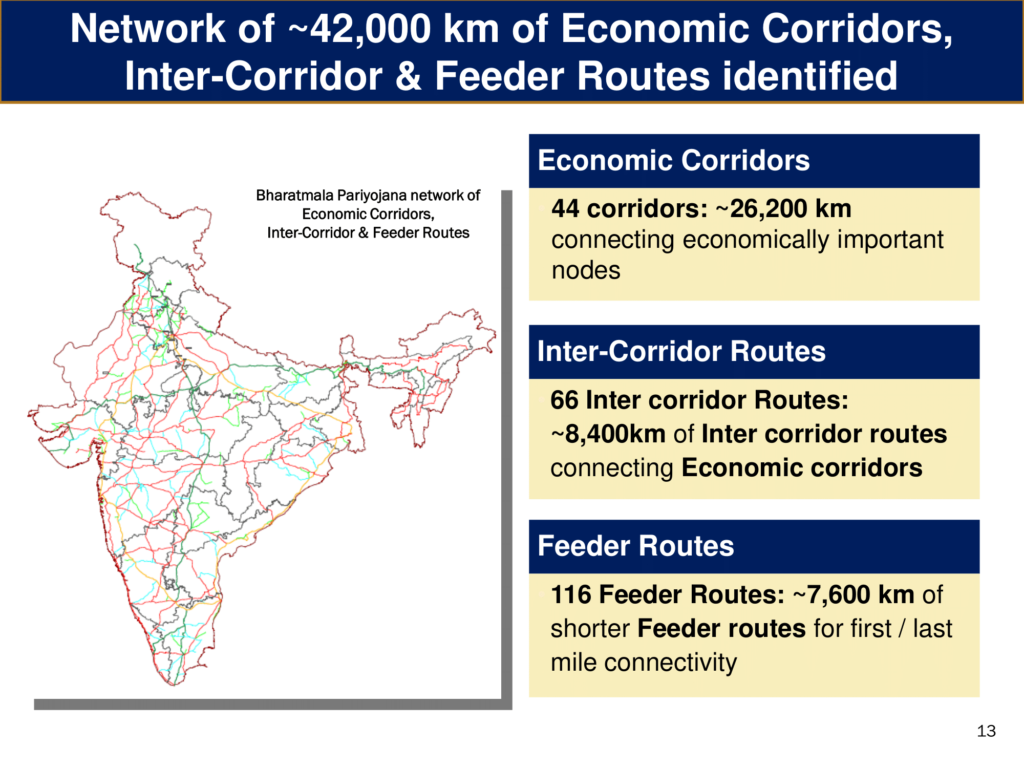Archives
Categories
Case Study: Southern Ring Road on Jaipur, India
Introduction
Jaipur, the vibrant capital of Rajasthan, India, is renowned for its rich cultural heritage and architectural marvels. However, like many rapidly growing cities, Jaipur faced a pressing issue – escalating traffic congestion. In response to this challenge, the Jaipur Development Authority (JDA) initiated the construction of a 147-kilometer ring road encircling the city. This case study delves into the completion of the southern section of the ring road, examining its profound effects on traffic decongestion, economic development, and urban planning in Jaipur.
Project Background
Prior to the inception of the southern ring road project, traffic congestion had become a pressing concern in Jaipur. Major arterial roads such as Jaipur-Ajmer Road and Jaipur-Agra Road, traversing through the city center, were plagued by heavy traffic snarls, resulting in prolonged travel times, diminished productivity, and heightened pollution levels. Recognizing the urgency for a solution, the JDA embarked on the ambitious ring road project in the early 2000s.
Project Details
The southern ring road, stretching approximately 47 kilometers, comprises a six-lane expressway seamlessly connecting Ajmer Road, Tonk Road, and Agra Road. Implemented in phases, the project culminated in the opening of the final segment to the public in 2019. Though specific financial details may not be readily available, it is evident that the project entailed a substantial investment, possibly facilitated through public-private partnerships or funding from central government agencies.
Impact of the Southern Ring Road
The completion of the southern ring road has heralded a multitude of transformative impacts on Jaipur:
Traffic Decongestion: By diverting vehicular traffic away from the city center, the ring road has markedly alleviated congestion on crucial thoroughfares. Commuters now experience reduced travel times, smoother traffic flow, and enhanced driving comfort. Although precise metrics quantifying the reduction in congestion warrant further investigation, studies conducted by the JDA or local academic institutions are likely to provide valuable insights.
Economic Development: The development of dedicated service roads flanking the expressway has catalysed a burgeoning commercial ecosystem along the southern corridor. The establishment of warehouses, logistics hubs, and commercial ventures has not only generated employment opportunities but also invigorated economic activity within the region. Data sourced from business associations or governmental agencies can furnish comprehensive statistics regarding the proliferation of businesses and job creation along the corridor.
Urban Planning: The southern ring road has exerted a discernible influence on urban planning paradigms in Jaipur. Development initiatives along the corridor are characterized by a more strategic and organized approach, diverging from the haphazard growth observed in the city center. Urban planning agencies are likely to have formulated specialized zoning regulations and development blueprints tailored to the unique needs of the area.
Challenges and Considerations
Despite its transformative efficacy, the southern ring road project is not devoid of challenges:
- Environmental Impact: The construction of infrastructure projects on such a monumental scale invariably imparts environmental ramifications. Comprehensive studies conducted by environmental agencies or research institutions are indispensable in assessing concerns relating to air and noise pollution during construction, as well as the ecological impact on local ecosystems.
- Displacement and Resettlement: The acquisition of land for the project might have necessitated the displacement of residents or businesses. Robust resettlement plans, along with equitable compensation mechanisms, are imperative to mitigate the adverse effects of displacement. Documentation pertaining to resettlement plans and compensation frameworks can be sourced from governmental records or contemporaneous news reports.
- Long-Term Maintenance: Sustaining the optimal functionality of a high-caliber expressway demands meticulous long-term maintenance endeavors. Insights into the designated agency tasked with maintenance responsibilities, as well as the budgetary allocations earmarked for this purpose, are indispensable for ensuring the enduring viability of the infrastructure.

The southern ring road project offers invaluable lessons for future infrastructure endeavors in India:
- Comprehensive Planning: The project underscores the indispensability of holistic planning strategies encompassing diverse facets such as traffic management, economic development, and environmental conservation.
- Public-Private Partnerships: Exploring collaborative frameworks between public and private entities can furnish the requisite financial resources and technical expertise requisite for the successful execution of large-scale infrastructure projects.
- Stakeholder Engagement: The active engagement of stakeholders – encompassing residents, businesses, and environmental advocacy groups – throughout the project lifecycle is instrumental in fostering transparency, garnering support, and forestalling potential conflicts.
The southern ring road of Jaipur epitomizes the transformative potential of meticulously planned infrastructure interventions. By mitigating traffic congestion, catalyzing economic growth, and shaping urban development paradigms, the ring road has engendered a palpable enhancement in the quality of life for Jaipur’s denizens. As municipalities across India grapple with analogous challenges, the experiences gleaned from the southern ring road project serve as an invaluable compass, guiding the trajectory of sustainable urban development and fostering resilient transportation networks nationwide.
